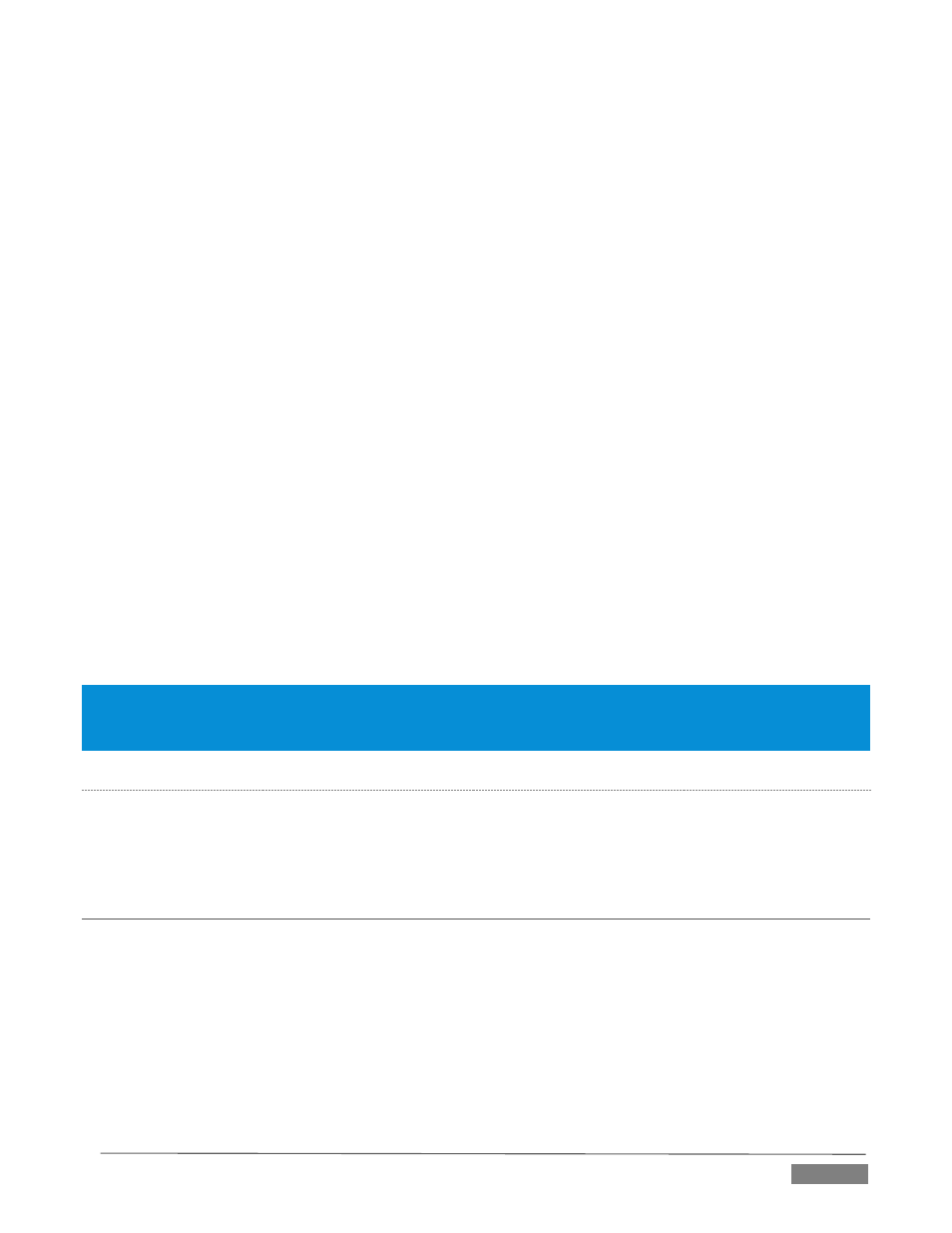Ection, Utput and, Rimary – NewTek TriCaster Advanced Edition User Guide User Manual
Page 177: Ontrols

Page | 165
R
ATIO
A Ratio of 4:1 means that if input level is 4 dB over the threshold, the output signal level after compression
will be just 1 dB over the threshold. The gain (level) is reduced by 3dB.
Very high ratio settings are the reason for the word “limiter” is part of the title for this feature. The highest
ratio setting will effectively reduce any signal that would rise above the threshold all the way down to the
threshold level (with the exception of a brief period during a sudden increase in source loudness, as dictated
by the Attack setting).
A
TTACK
Attack (like Release) is labeled in milliseconds. The setting represents the amount of time it takes for the gain
to change by a specified amount.
It would not be grossly incorrect to think of this setting as changing the slope of a graph depicting how
aggressively the compressor pursues the target value (defined by applying the Ratio setting to the amount
the signal surpasses the Threshold). Shorter values are more aggressive, while longer values are more subtle
(and tend to be less noticeable to the audience).
R
ELEASE
Release is similar to Attack in many ways, but refers instead to the speed with which the compression effect
is removed as a source signal falls back on its own so that it no longer exceeds the Threshold.
G
AIN
Naturally, compression impacts the overall output level of the source or output. The Gain control allows you
to compensate, bringing the post-compressor/limiter signal back to a comfortable nominal range.
Hint: Different circumstances call for different Attack and Release strategies. For example, much less aggressive
settings could work nicely for vocals, but fail badly when applied to a snare drum. Many websites provide
suggestions on establishing the best compressor/limiter settings for different environments.
N
OISE
G
ATE
The Audio Mixer’s advanced options panel also include a configurable Noise Gate for each audio source, as
well as all outputs. This lets you ensure that unwanted low-level sounds are prevented from inadvertently
intruding into the mix.
SECTION 15.8
OUTPUT AND PRIMARY BUS CONTROLS
As has been discussed (Section 15.7.2), TriCaster provides four primary audio busses – Master 1 and 2, and
Aux 1 and 2. Each of these is represented by its own control group Audio Mixer’s output section, and regulates
sound sent to physical connectors or to ‘logical outputs’.
